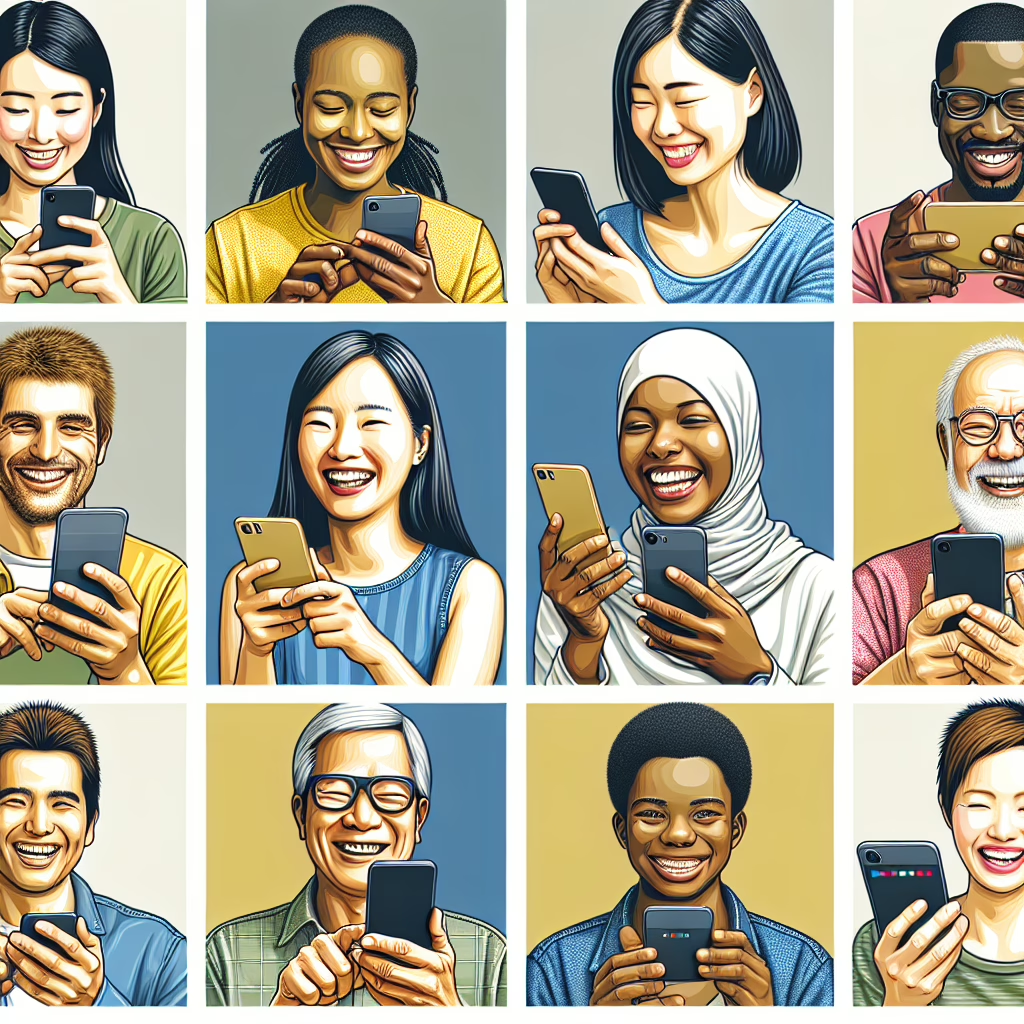In the vibrant landscape of 2025, accessibility tech from industry giants like Apple and Google is not just a buzzword; it’s a lifeline! These companies are on a mission to ensure that everyone, regardless of their physical abilities, can enjoy the wonders of technology. Let’s dive into the exciting world of accessibility innovations that are reshaping our everyday experiences.
What’s New in Accessibility Tech?
The tech world has seen some impressive advancements lately, and when it comes to accessibility, Apple and Google are leading the charge. With features designed for all, from voice control to customizable interfaces, these companies are proving that technology can be both advanced and user-friendly. Here are some highlights of new accessibility features:
- Voice Control Enhancements: Both companies have improved their voice recognition capabilities, allowing users to navigate apps and devices through voice commands with stunning accuracy.
- Customizable Interfaces: Personalized settings enable users to tailor their devices to meet specific needs, enhancing their ability to interact with technology.
- Innovative Hearing Support: Solutions for individuals with hearing impairments have seen remarkable progress, making conversations more accessible in various environments.
For instance, Apple has rolled out new features in their latest iOS update, which include a range of options for those with hearing impairments. The new audio adjustments help users better tune into conversations, even in crowded spaces. It’s like having your own personal sound engineer!
Google’s Contribution to Accessibility Tech
Google, not one to be outdone, has introduced several innovative tools within its suite of applications. The Google Assistant can now recognize sign language gestures, making it easier for users who rely on visual communication. Imagine asking your phone a question without uttering a single word! It’s like magic but rooted in cutting-edge technology.
Moreover, both companies have made significant strides in voice recognition software. This is particularly beneficial for users with mobility challenges. The tech can now accurately interpret commands even when spoken in a whisper—perfect for those moments when you’re trying to be discreet (or when you just don’t want to yell at your device).
The Impact of Wearable Devices
The rise of wearable devices has also made waves in the realm of accessibility tech. Companies like Sony and Huawei have taken note and are integrating features that cater to users with disabilities. For example, smartwatches can now monitor health metrics and provide real-time feedback through haptic responses—just a gentle buzz to remind you it’s time to take your medication or get moving!
This is not just about convenience; it’s about empowerment. Wearable technology is giving users greater control over their health and well-being, allowing them to live more independently. Who wouldn’t want a little wrist assistant reminding them to stretch or breathe?
The Community’s Voice Matters
A key player in this accessibility revolution is the community itself. Feedback from users with disabilities plays a crucial role in shaping these technologies. Both Apple and Google actively engage with advocacy groups to ensure their products meet real-world needs. After all, who better to guide innovation than those who experience the challenges firsthand?
This collaboration leads to features that aren’t just functional but also enhance overall user experience. It’s heartening to see companies taking notes from real-life experiences rather than relying solely on boardroom brainstorming sessions.
A Bright Future Ahead
The future looks promising as we embrace inclusivity through technology. With each passing year, we see more innovative solutions coming forth from major tech players, enhancing the lives of countless individuals. The combined efforts of Apple, Google, and other industry leaders signal a shift towards a more inclusive digital landscape where everyone can participate fully.
So here’s to accessibility tech—a shining beacon of hope and progress! As we continue on this journey toward inclusivity, let’s celebrate these advancements and encourage further innovation.
Have thoughts on how accessibility tech has impacted your life or ideas for future innovations? We’d love to hear from you! Share your insights in the comments below.
A special thanks to the original article found at Wired for inspiring this discussion on accessibility tech!
For those interested in further reading about the latest in technology and accessibility, check out our posts on Android’s New Accessibility Features and the upcoming AirPods Pro 3 Launch.

